Formula E
Jay Penske: The future will be dominated by electric cars
This is the second time that Formula E has been hosted by Long Beach – one of the most historic circuits in the USA. How is this new racing series going down with the Americans?
The most interesting aspect for me is that the Formula E fan base in America is much younger than other racing series. IndyCar and NASCAR are essentially male dominated and appeal to an older age bracket, namely the typical 45-year-old. By contrast, Formula E fans are a lot younger, which is important for its long-term success. In general, I would say that the series got off to a good start last year. We had over 20,000 spectators, and this year we’re expecting around the 30,000 mark. The TV ratings are also excellent. Here in the USA, we have an average of one million viewers per race. But we’re capable of doing even better.
Dragon Racing was one of the first teams to sign up for Formula E. Why did you want to be part of this new racing series, and what do you personally find most exciting about Formula E?
The first I heard about it was in early 2013. At that time, I was the owner of an IndyCar team. In June, I met up with Alejandro Agag and we talked about his vision for the sport. Then everything happened very quickly with Dragon Racing signing up for the series as early as September. I especially like the way that Alejandro is open to suggestions on how certain things can be changed. In addition, I am fascinated by the high level of innovation in terms of powertrains and progress in the area of battery development. This is also to the benefit of the entire automotive industry. But the incredible cities where we stage the races are also a special feature. So many other racing series are run on established street circuits or racetracks. By contrast, we organize our events in some of the world’s most beautiful cities such as Berlin, Los Angeles, Paris or London, and next season in Hong Kong.
The ePrix host city of Los Angeles is proud of its record for innovation and sustainability. The megacity is the world’s largest market for electric cars and shows great commitment to various sustainability-related projects. How do you value sustainability in your private life?
Sustainability is important to me. For example, we use solar energy at home and do all kinds of recycling. In addition, I take the trouble to teach my daughter the values that are associated with recycling. But I also admit that I personally love working on old cars and rebuilding them. For example, an old Bronco. I still love the gasoline-powered older cars.
What do you think is the biggest challenge when it comes to sustainability?
In the traditional automotive industry, there is still a lot to be admired. The internal combustion engine and its efficiency are great scientific achievements. At the same time, however, we believe that the future will be dominated by electric cars. You have to get the balance right. When is the right time? When does it make sense financially? And when politically? Timing is the key – when all these factors come together.
In addition to your involvement in Formula E, you’re CEO of Penske Media Corporation, one of the largest media companies in the United States. What do you think of the strong focus by Formula E on social and digital media?
My answer to this is: “Finally!” Motorsport should have got involved in social and digital media much more over the past 15 years. But it was very slow to get going. As a team and as an owner in this series, it’s very good to see how much effort Formula E has invested here. Even though the Fanboost is a controversial issue, but that’s always going to be the case if fans can influence the outcome of the race. And I admit, it was hard to watch how Lucas di Grassi overtook Jerome D’Ambrosio in Mexico City using the Fanboost. At the same time, I’m sure that many fans around the world were delighted. This shows me that it works.
Looking to the future, what developments would you like to see in Formula E?
The focus should remain on the power train and on battery development. Those are the key areas of electric vehicles. What we want to do is increase performance efficiency. Consequently, we need to focus on the motors and the batteries. The FIA has a sound plan in this regard. And I hope that we continue to increase speed. That is the direction I would like to go.

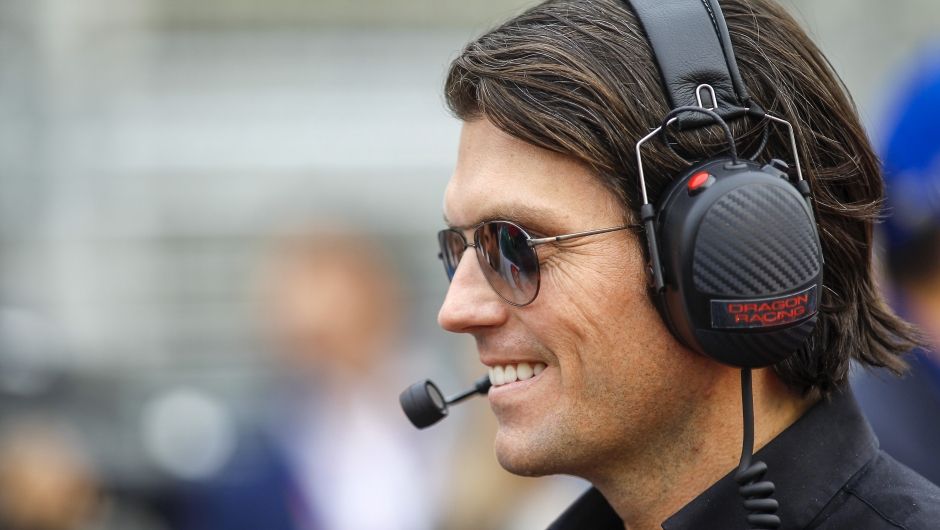
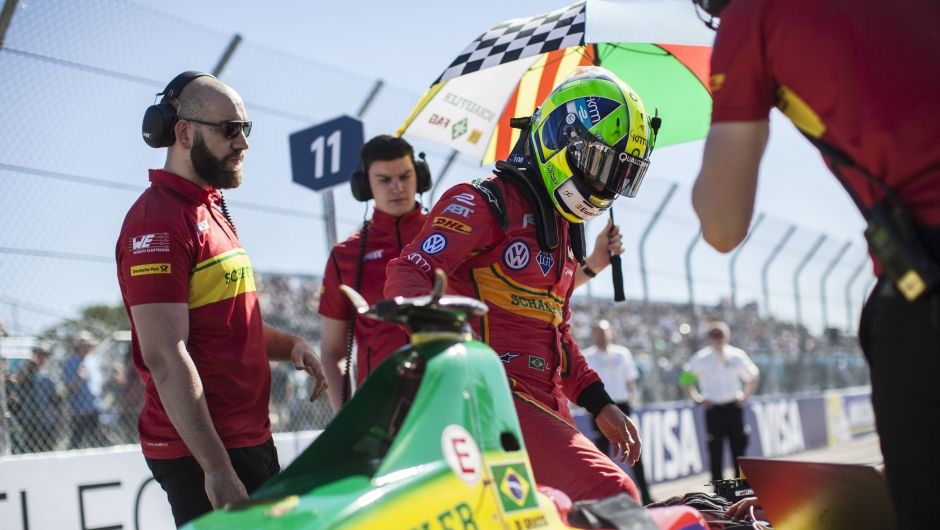
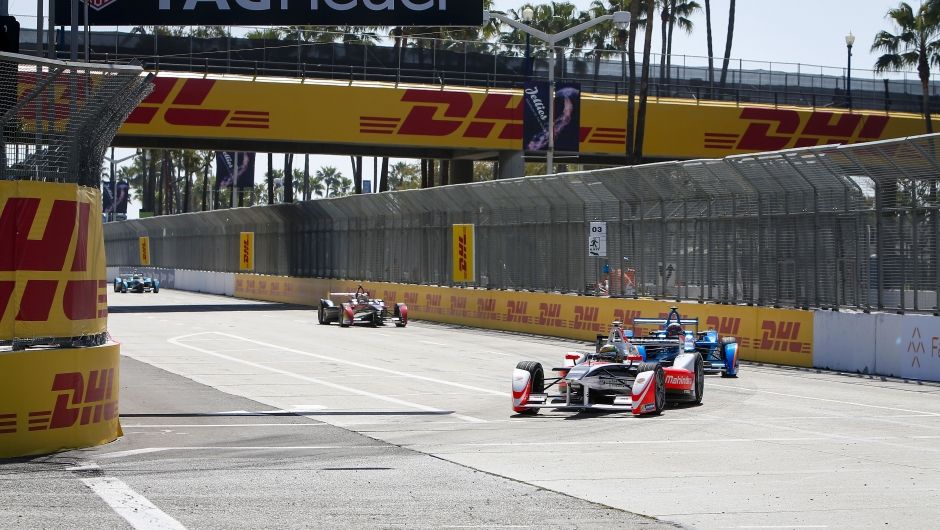
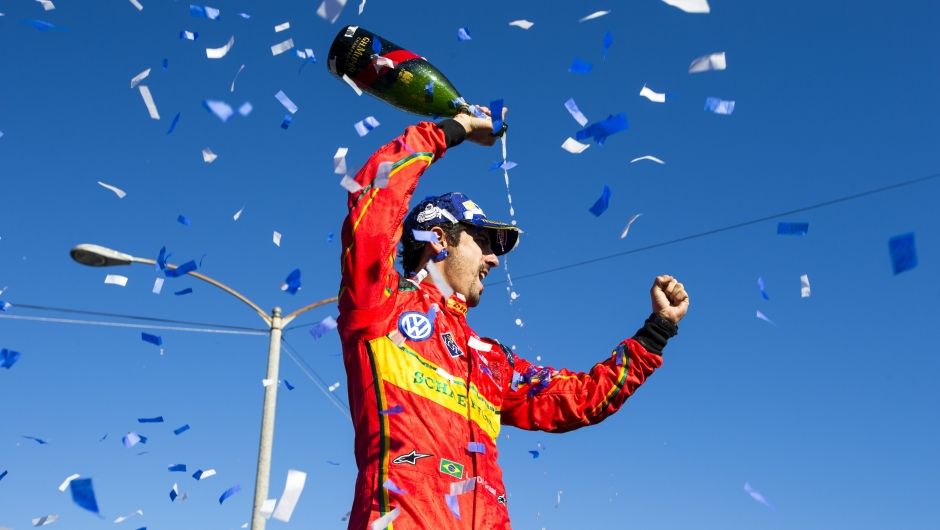
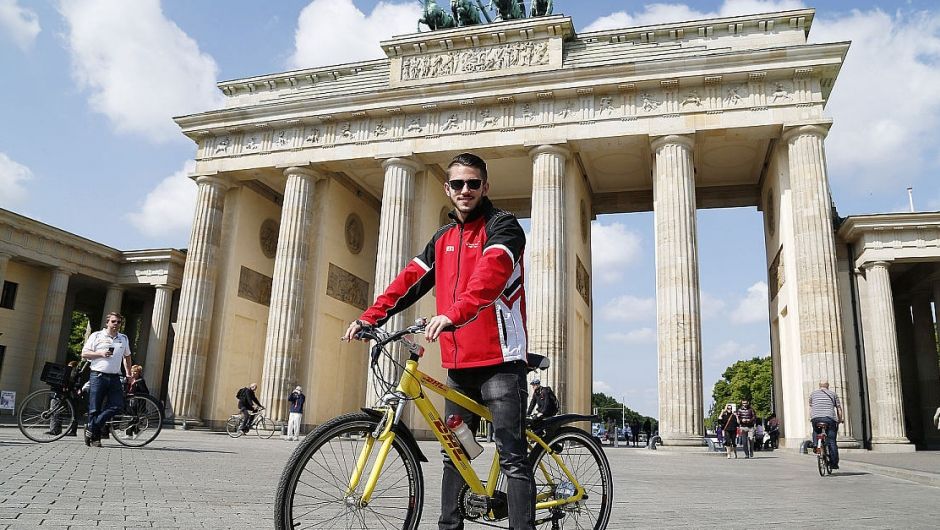
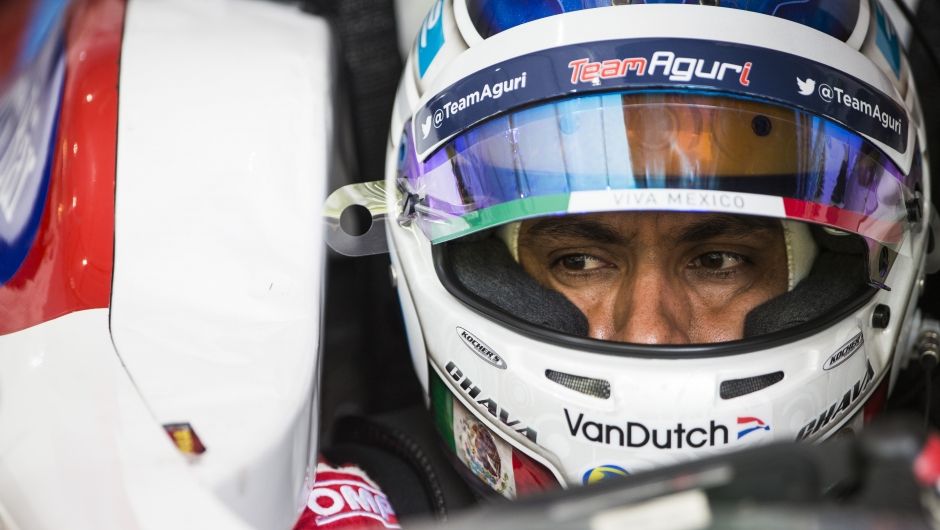
Content from disqus has been blocked because you did not allow to load it.
Loading the blocked content will adjust your privacy setting and content from this service will not be blocked in the future.
You have the right to revoke or change your decision at any time.
Posting Guidelines
All communications on Logistics of Things should be appropriate for a professional community, respecting the diverse views of individuals from different backgrounds. We will review all comments and reserve the right to terminate or restrict access to user's account and to delete any content posted through it, without notice and at our discretion, if we deem it to be overly promotional, offensive, or off topic.
All posting become property of DHL.